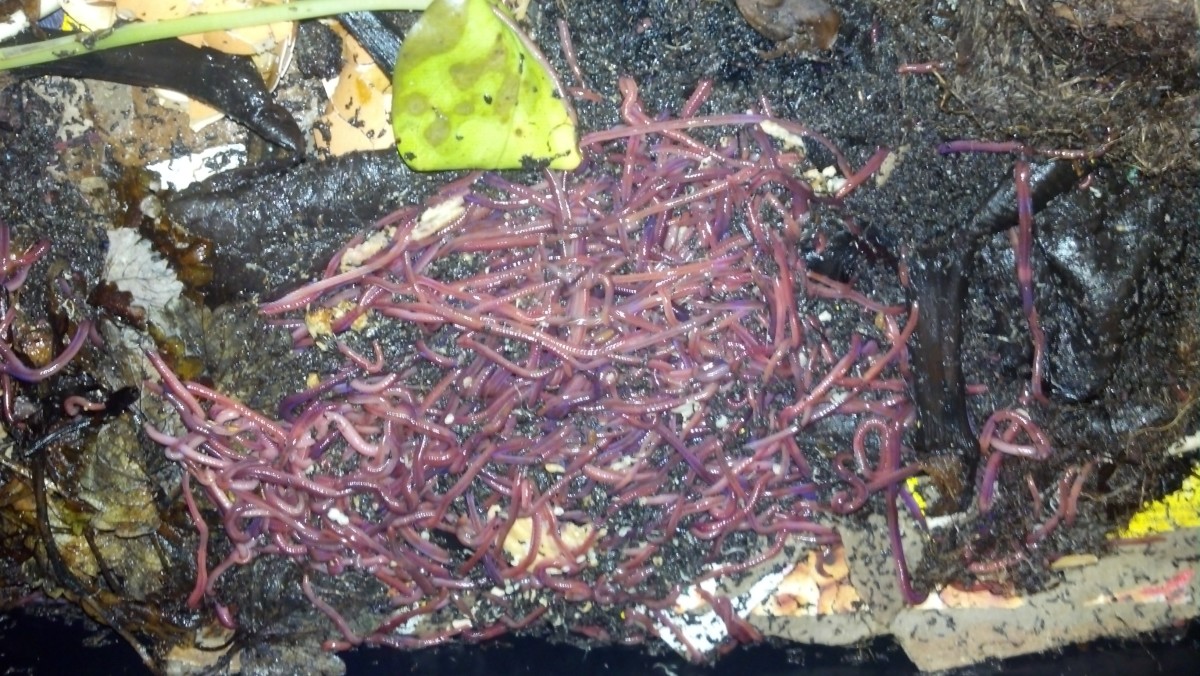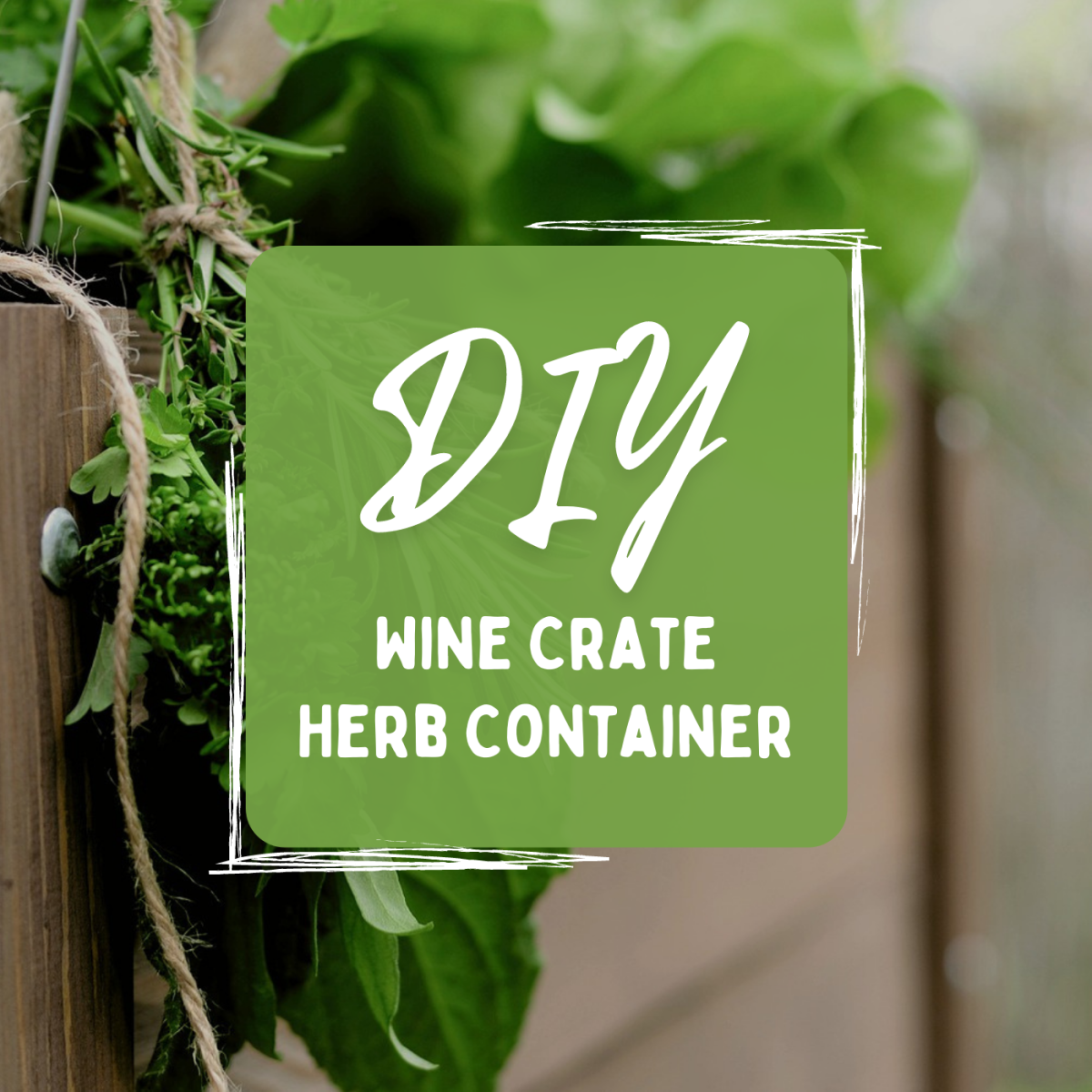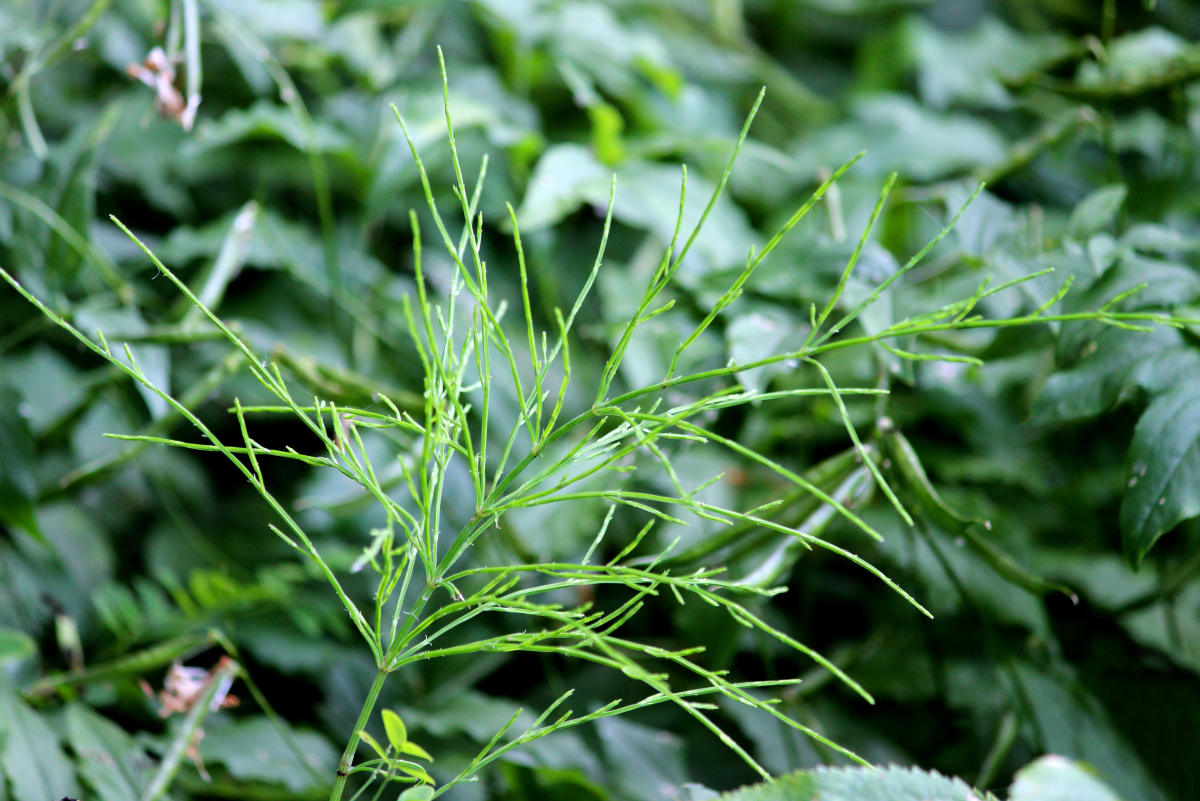Troubleshooting Your Worm Bin
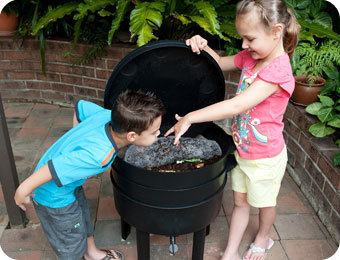
Vermicomposting can offer a lot of rewards, but it may also bring out some predicaments. Problems such as experiencing worms crawling out of the bin, and others more can be encountered throughout the process. But not to worry! Most worm bin cases have solutions to them. You can read more from this page to know how to pinpoint and solve a few common dilemmas.
- Common Problems and Solutions in Worm Breeding | GardenWorms.com Blog
If you’ve encountered problems when it comes to your worm’s bin (particularly if you’re raising red worms or raising European nightcrawlers), then you can be assured that there are common problems and... - Facts about Vermicomposting
If you are someone new in vermicomposting, here are some quick facts that may help you on your newly discovered adventure. These facts will give you an idea on what you are supposed to expect and do as you go...
Worms start dying
When worms such as red worms start dying instead of populating the bin (when you start to notice a drop in the number of worms inside the composter), or start crawling out of the bin, then this becomes a problem. You’ll need to assess the following situations for you to cross out the root cause: the bin is either too wet or too dry, there’s not enough ventilation or drainage holes to let in air or to leak out water, or the worms are exposed to extreme temperatures.
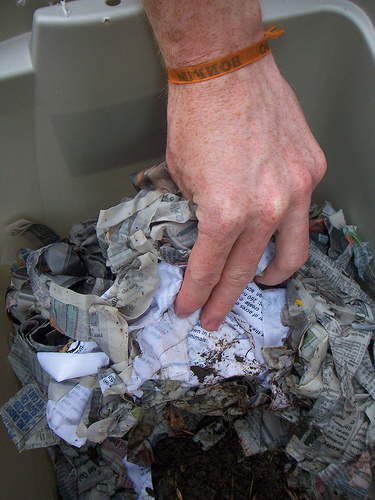
Too Wet or Too Dry – not good signs!
Did you know that composting worms could drown? This is true especially if they’re contained inside a bin full of organic matter. Now, should you experience a bin that is soaking wet, you can just put newspaper shreds on top of the bedding as a means of absorption. The consistency inside the bin should only be damp.
Now red wiggler worms thrive well in damp surroundings, as their need for oxygen depends on it. The skin of a worm isn’t slimy for nothing. Their skin was created to be that way to allow them to breathe comfortably. Earthworms have been born without lungs, but are enabled to breathe through their skin. So it’s best to not keep the bin contents too dry, as this may cause skin irritations, or an eventual death. What you can do to remedy a dry bin though is to spray some water into the bedding.
Ventilation and Drainage holes
Make sure that the ventilation and drainage holes are clog-free. Also check if there are enough holes to go around.
Extreme temperatures are a complete no-no to worms!
Finding a good location for your vermicomposting is crucial as worms can die from extremely hot or cold temperatures. So make sure that you don’t expose the worm bin under direct sunlight nor keep it out of the yard on a whole winter season. Your worm pals will only be able to sustain temperatures that range from 55 to 77 degrees Fahrenheit.
- A Step in Taking Care of Your Red worms
Using red wiggler worms for composting is one of the most convenient types of composting since it requires little maintenance and attention. It is also one of the most excellent sources of organic fertilizers. - A quick rundown on Earthworm reproduction
It’s quite peculiar though that worms (whether these are red worms or nightcrawlers) cannot reproduce on their own even if they're born with both the female and male reproductive organs...



